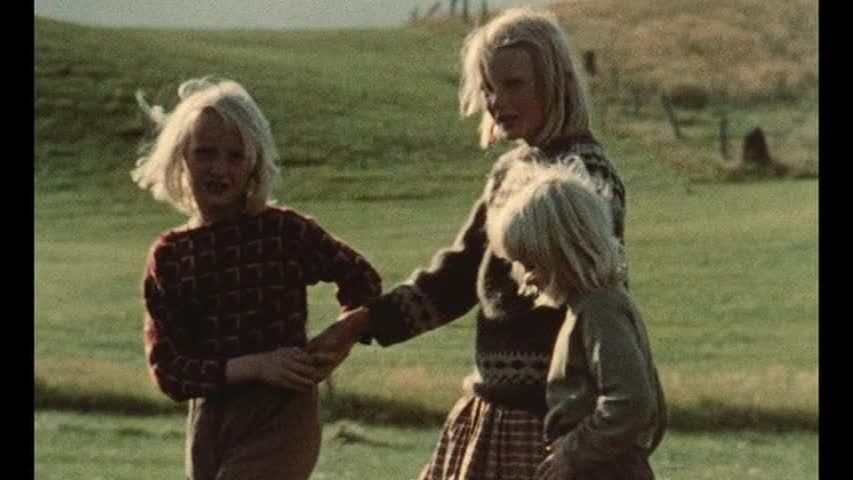
I first saw Chris Marker's Sans Soleil, somewhat perversely, in a class on documentary film. It was an interesting setting in which to see the film because, though Marker certainly uses the documentary genre and its conventions, the film is anything but a conventional documentary — which is not, of course, to say that it's fiction. Among the film's many interlocking layers and themes, one of its ideas is the interchangeability and fluidity of document, reality, and illusion. As a female narrator (Alexandra Stewart in the English version) reads a series of letters sent to her from around the world by a cameraman friend, the film is constructed from images ostensibly captured by this filmmaker on his travels. This loose structure provides ample opportunity for Marker's rambling thoughts on cultural difference, memory, mortality, and especially filmmaking itself. This latter subject announces itself not only in the profession of the letter writer, but in numerous references starting right from the very first image (above). In between long stretches of empty black space, a brief image of three blonde-haired children walking along a road flashes onto the screen. As the grainy footage appears and disappears, the narration describes the image as originating from a trip to Iceland, and the cameraman writes that this will be the first image of his film — he'd tried to link it to other images (a shot of a military plane descending into a carrier) but in the end he decided it'd have to appear on its own, separated by strips of black leader on either side. He's describing, of course, the opening of this film, and also the process of creation that led to the film's genesis, from the act of capturing the image, to the thought that goes into the structure, to the actual editing of the image into the film.
Later, Marker's film will embark on one of the best works of criticism ever made in the film medium, a free-associative analysis of Alfred Hitchcock's Vertigo that revisits the San Francisco sites at which the film was made while drawing out the themes of warped memory and resurrection within Hitch's masterpiece. Marker recreates a film that is, itself, about the re-creation of lost memories, about living in the past — Jimmy Stewart's "Scottie" goes through a kind of time travel that Marker explicitly links to his own La jetée (1962), which itself references the sequoia tree from Vertigo. The dense web of referentiality and association in this brief segment establishes many of the themes of Sans Soleil, and especially of the unmade movie synopsis that Marker delivers in the next section, about a time traveler who seeks to regain the memories of his culture's past.

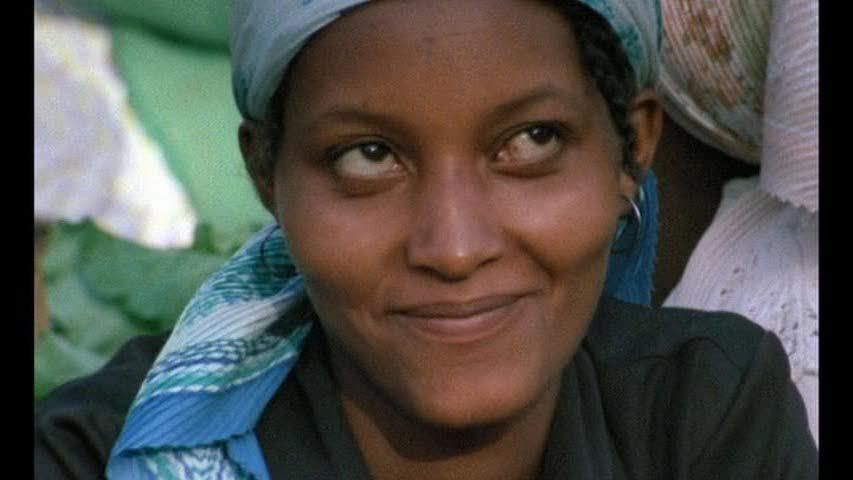
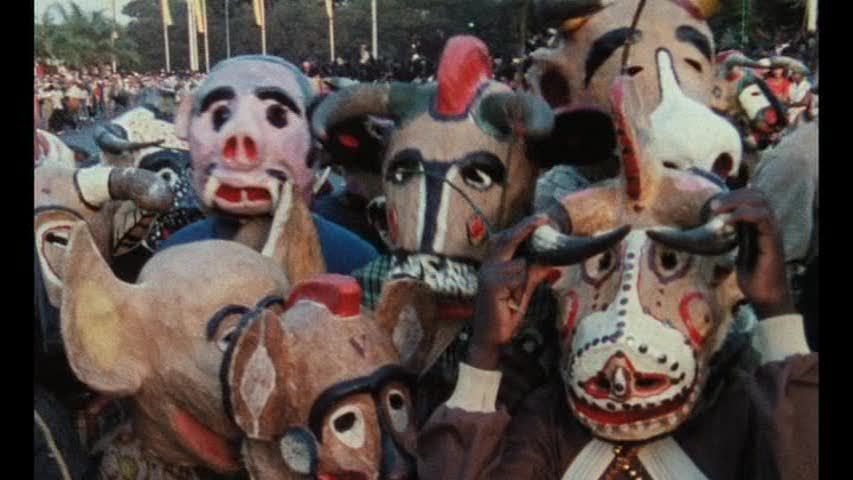
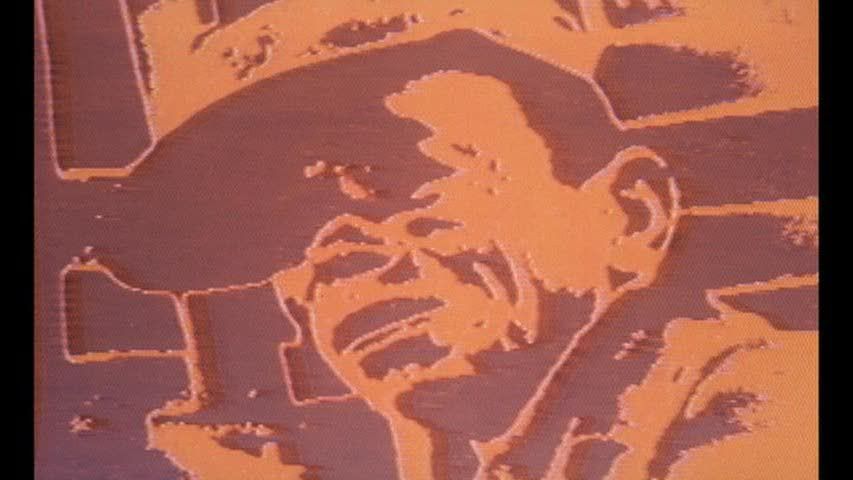

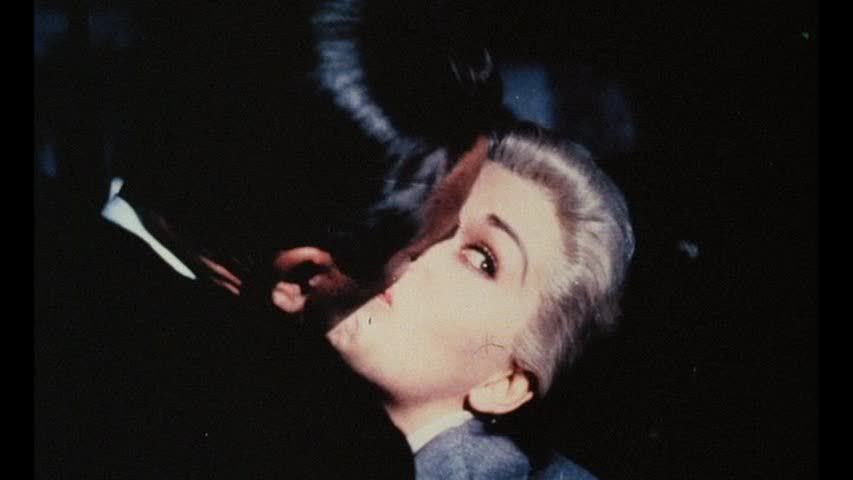
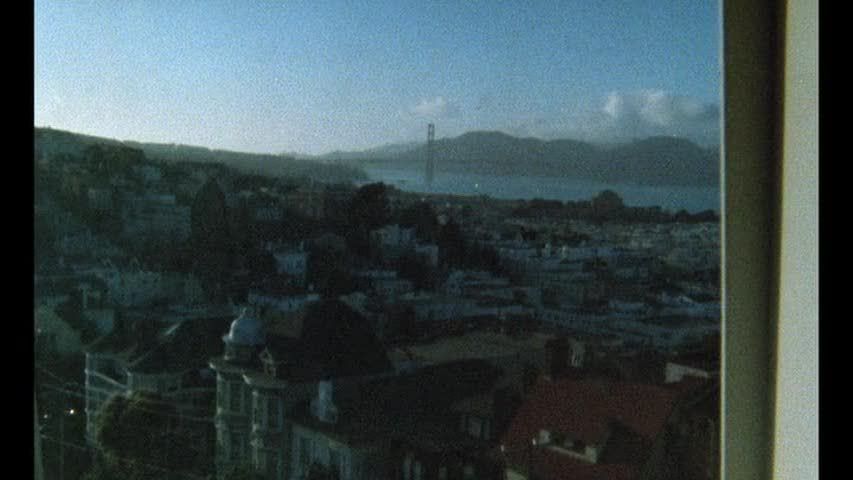
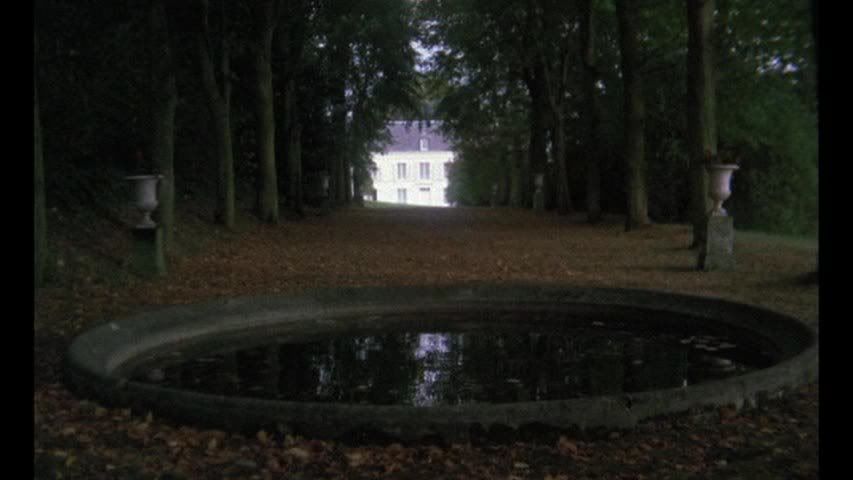
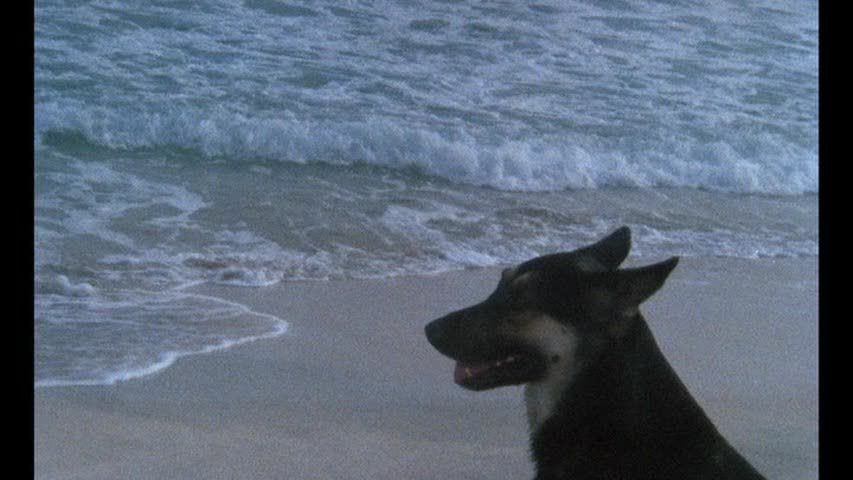
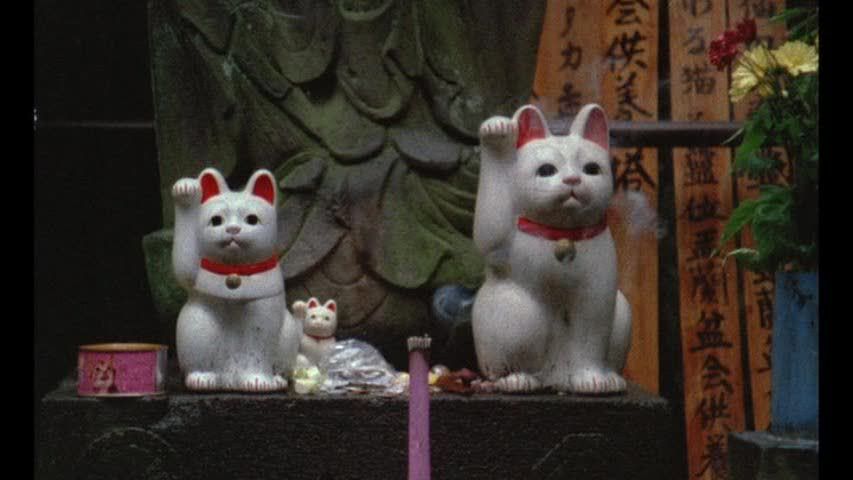
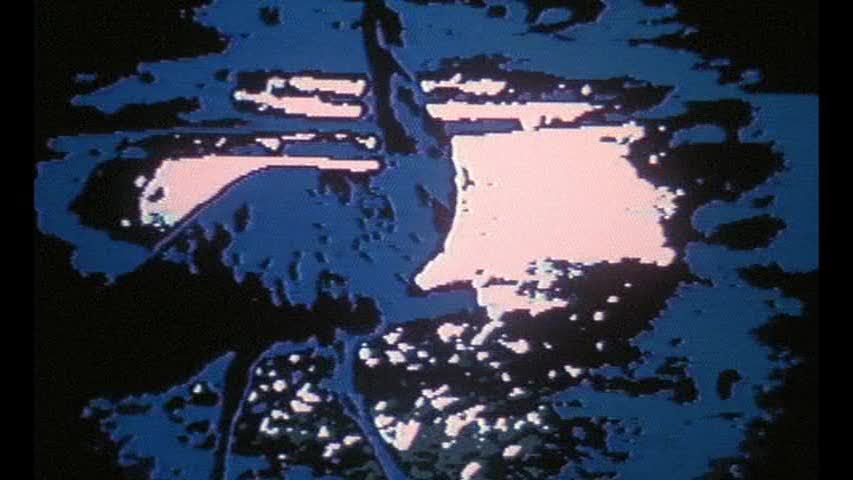







0Awesome Comments!